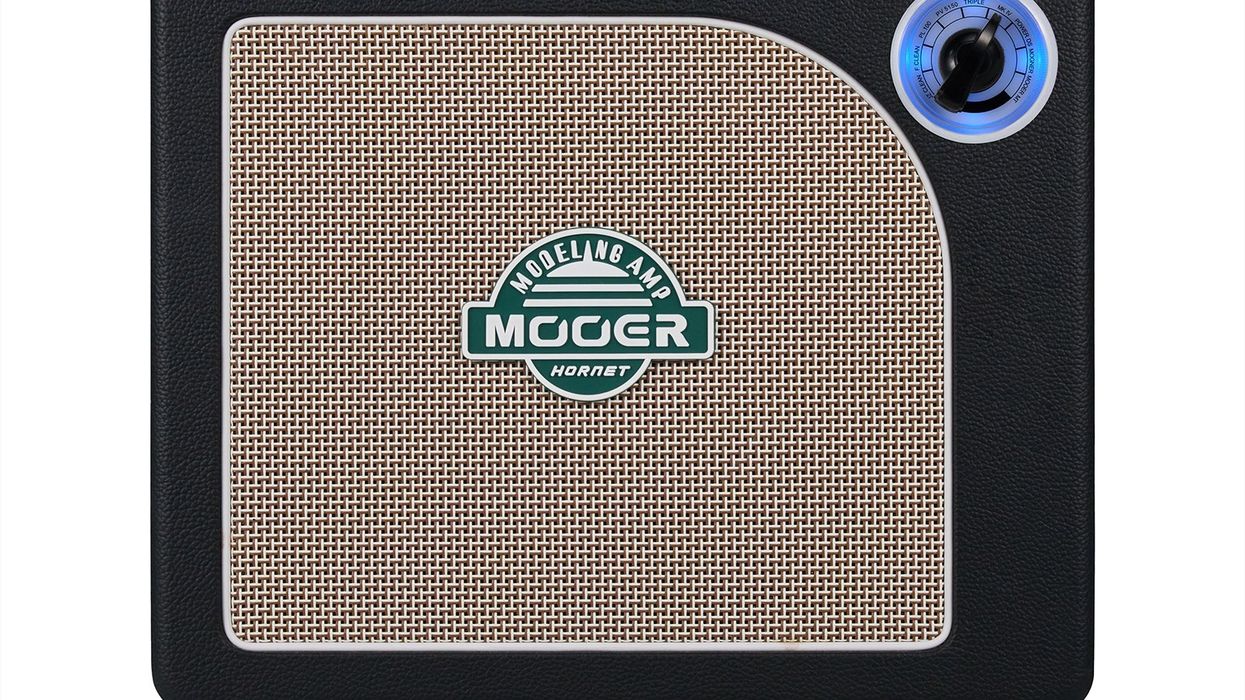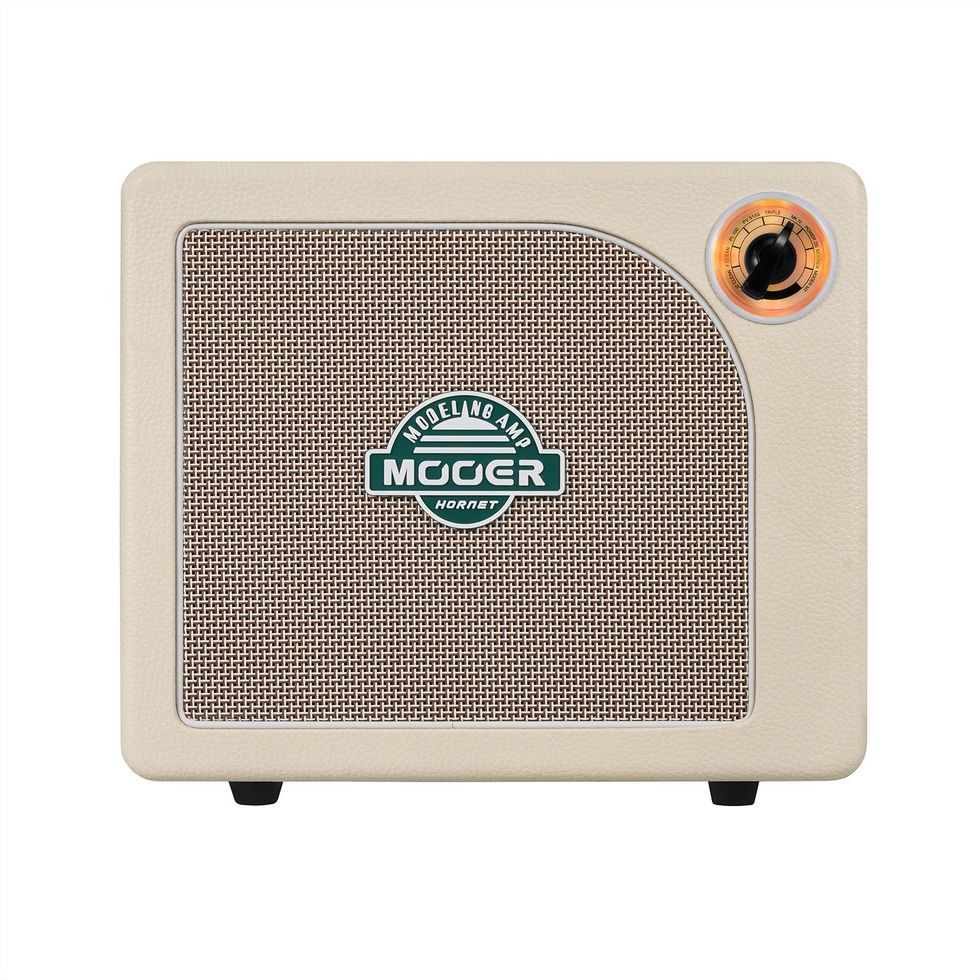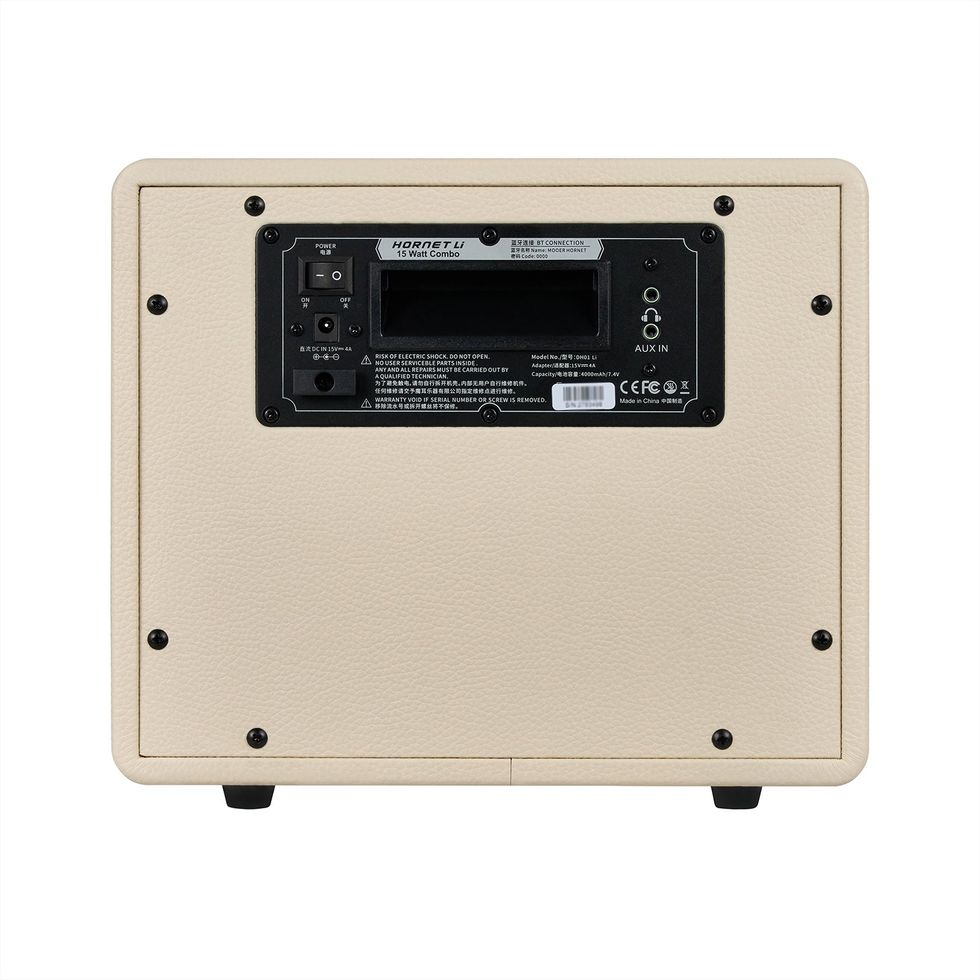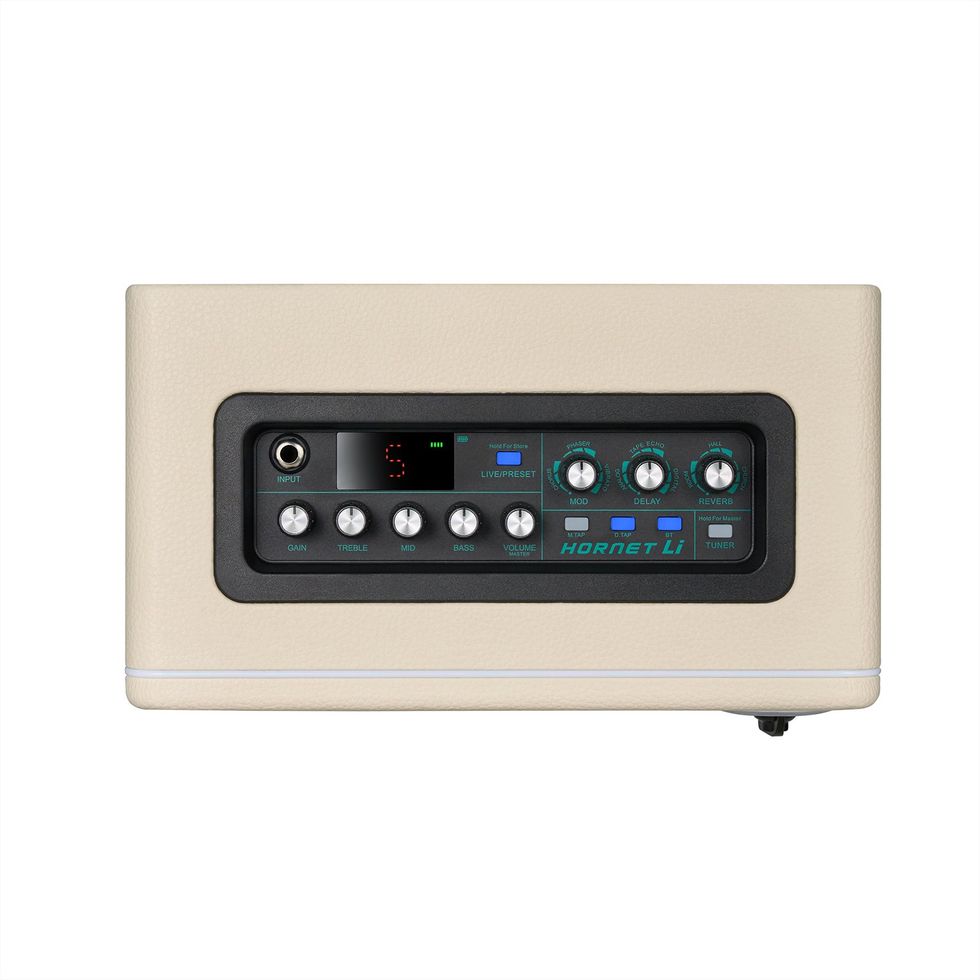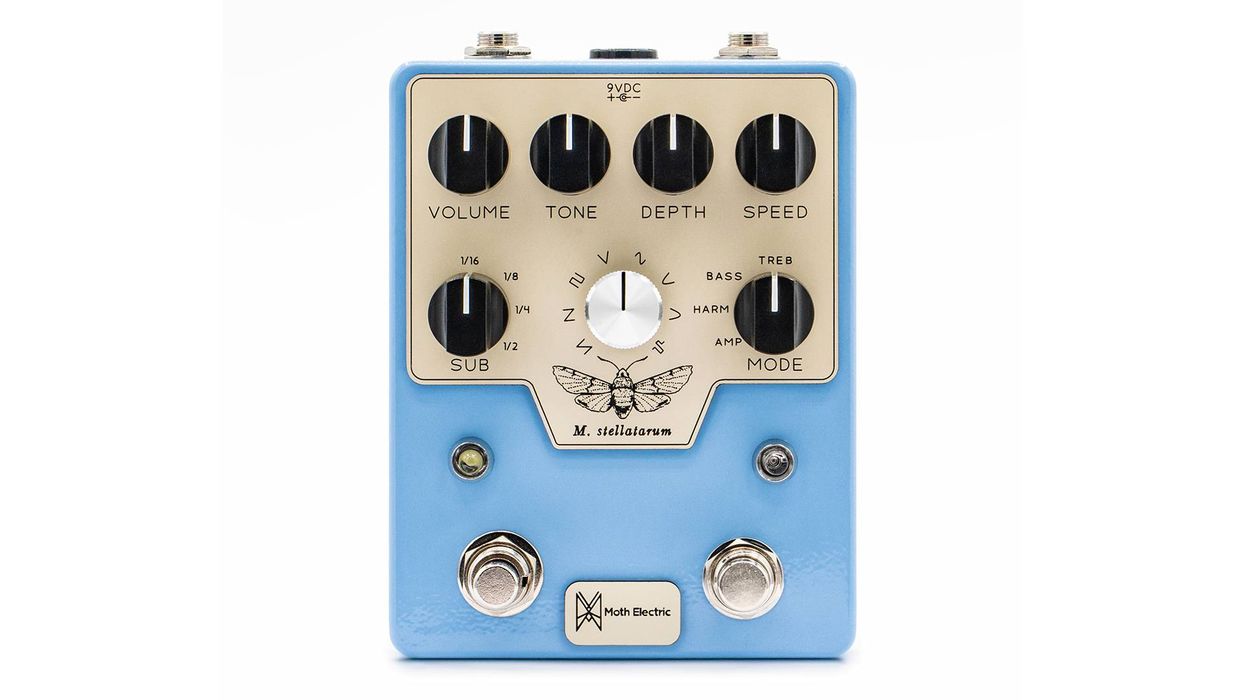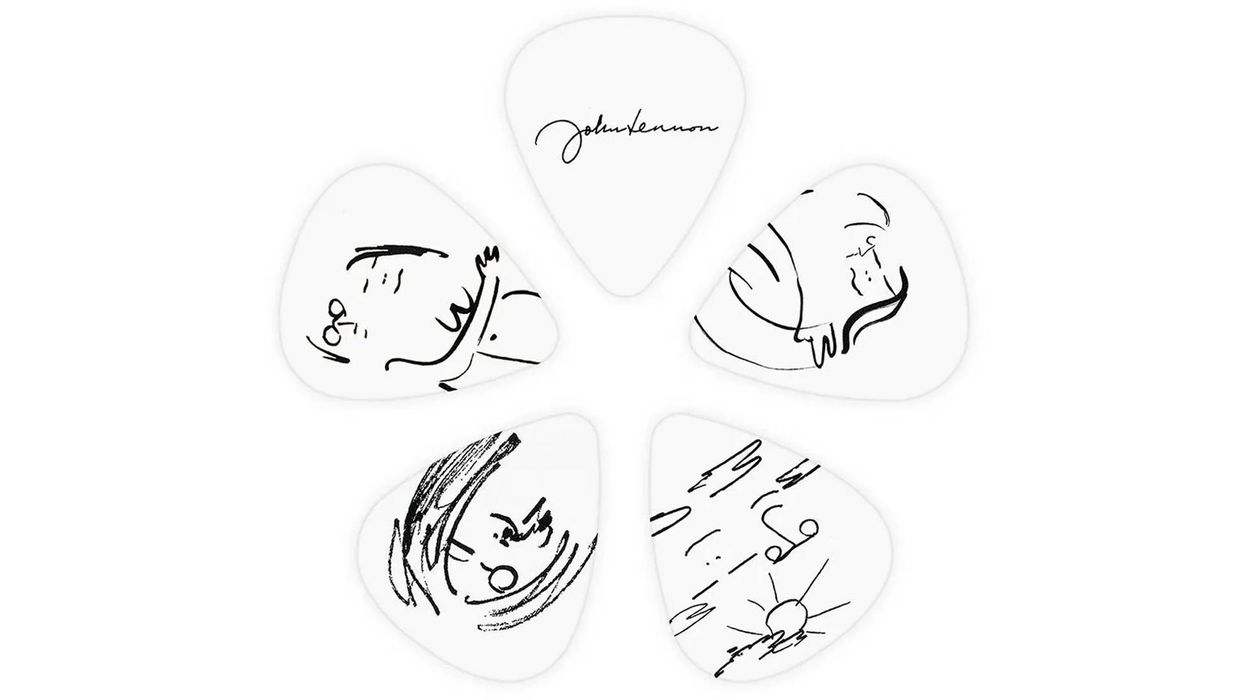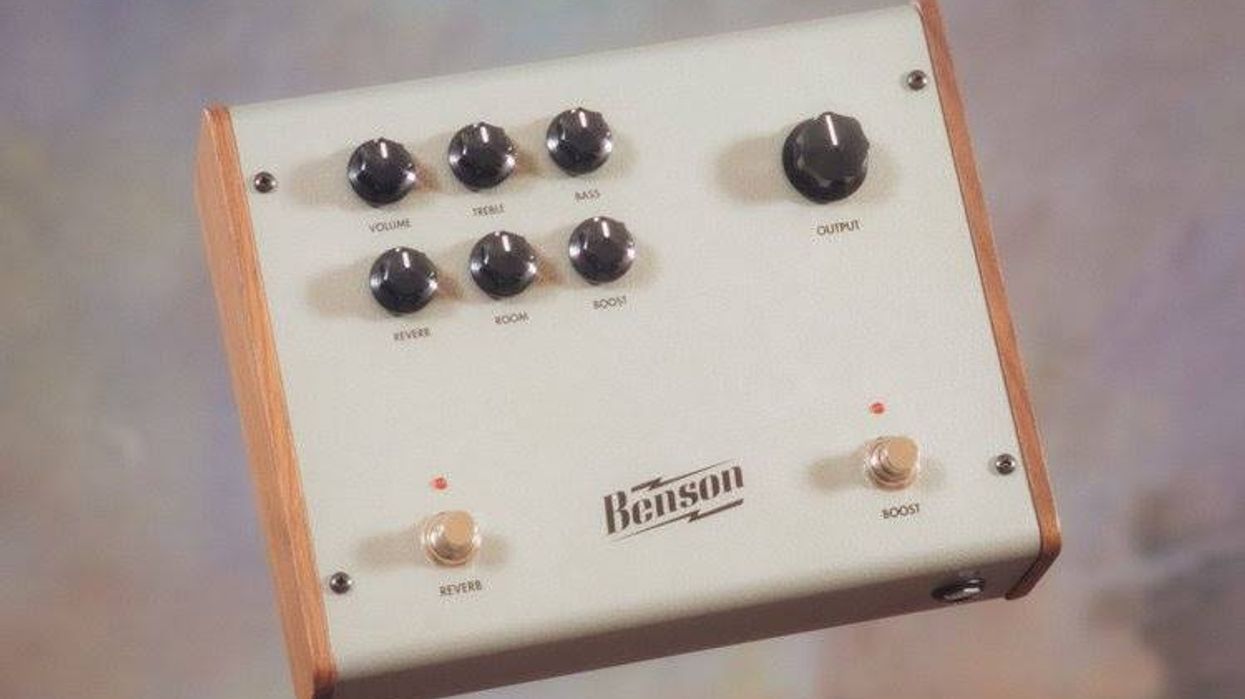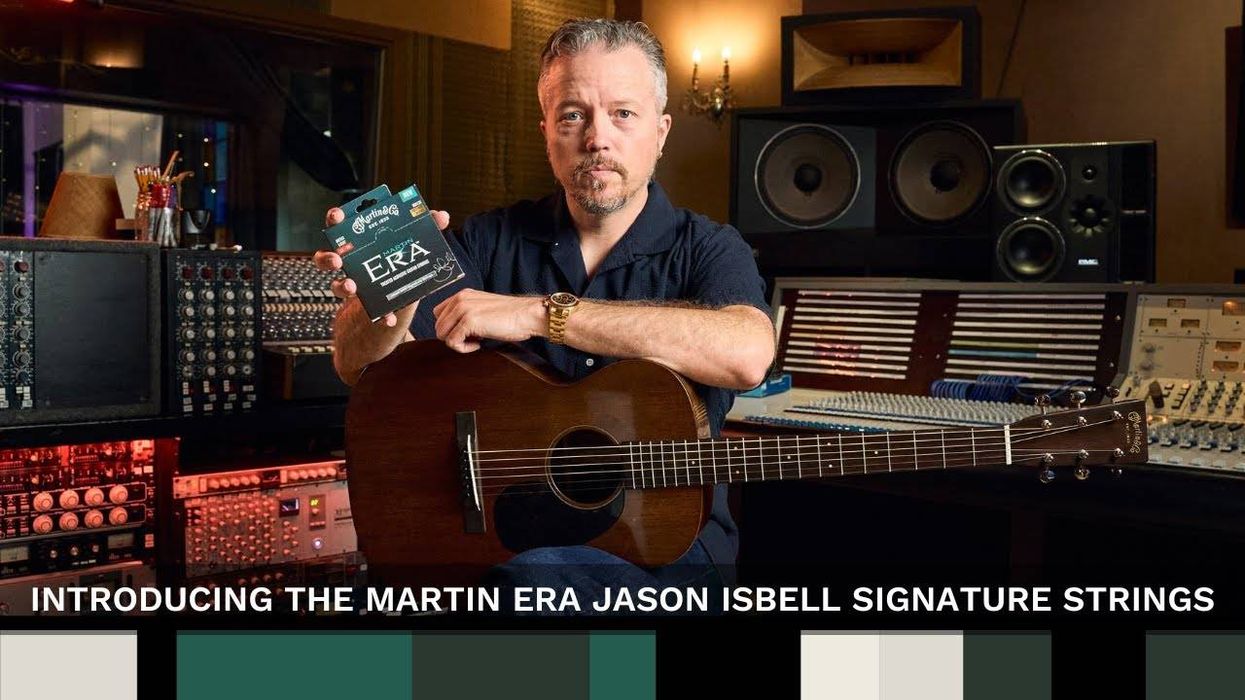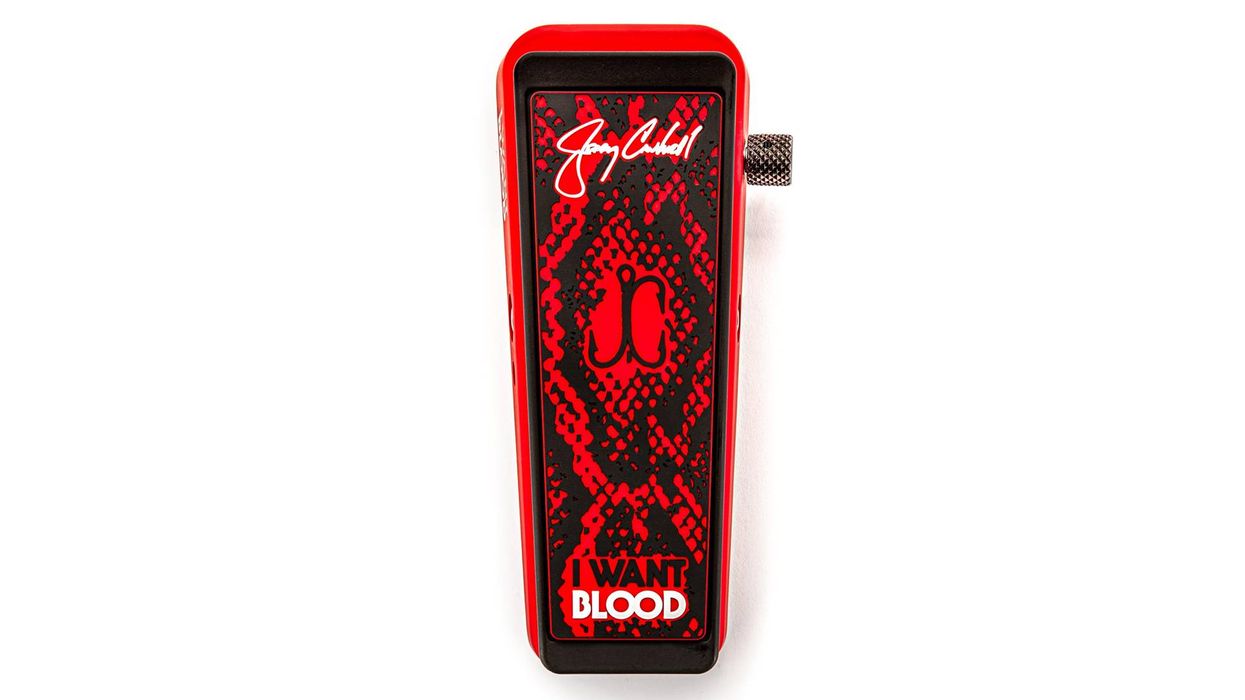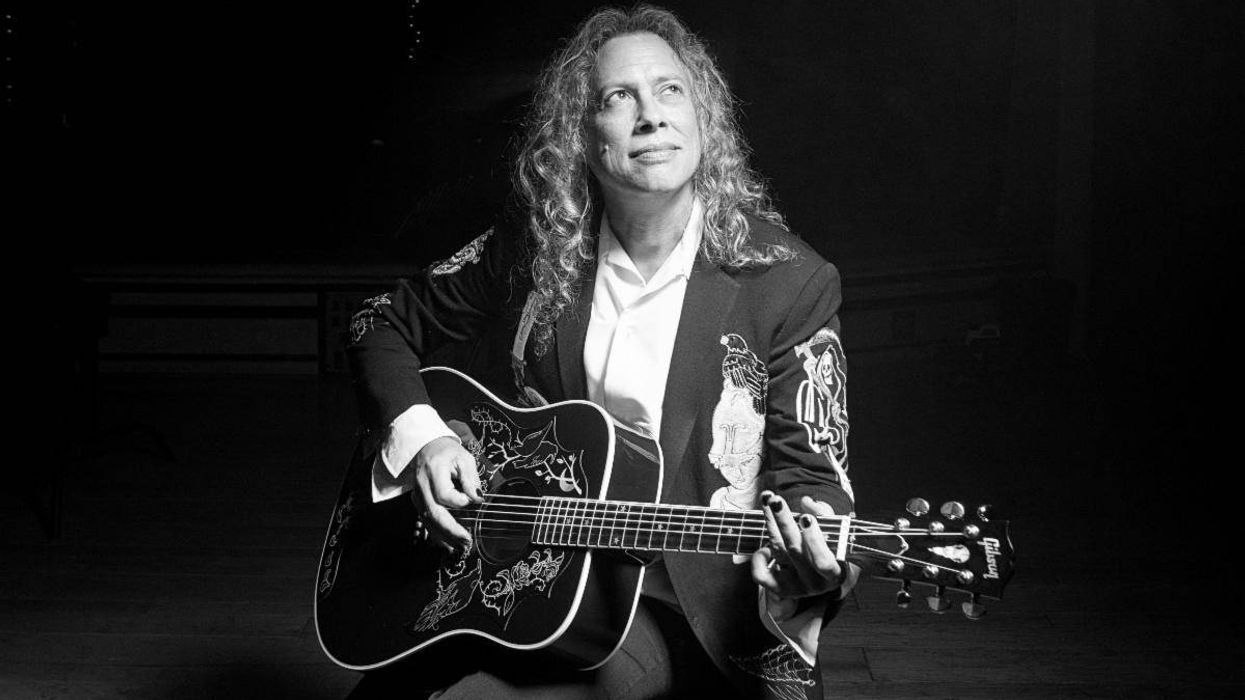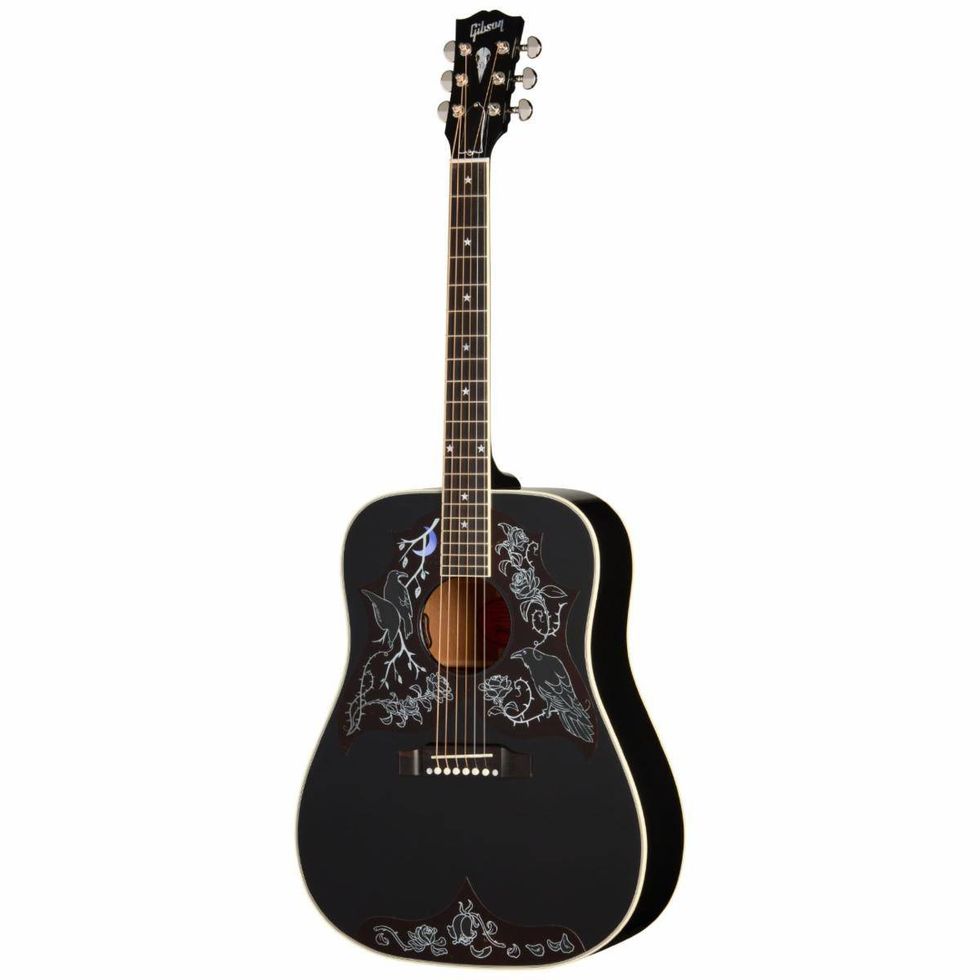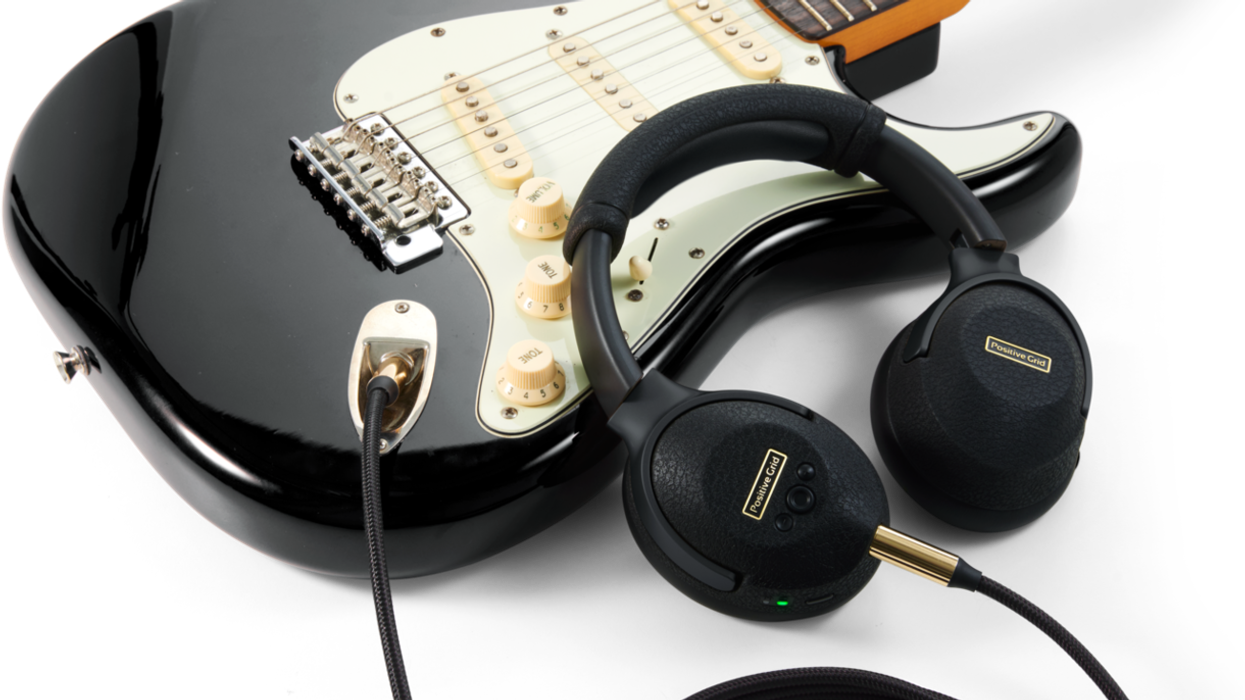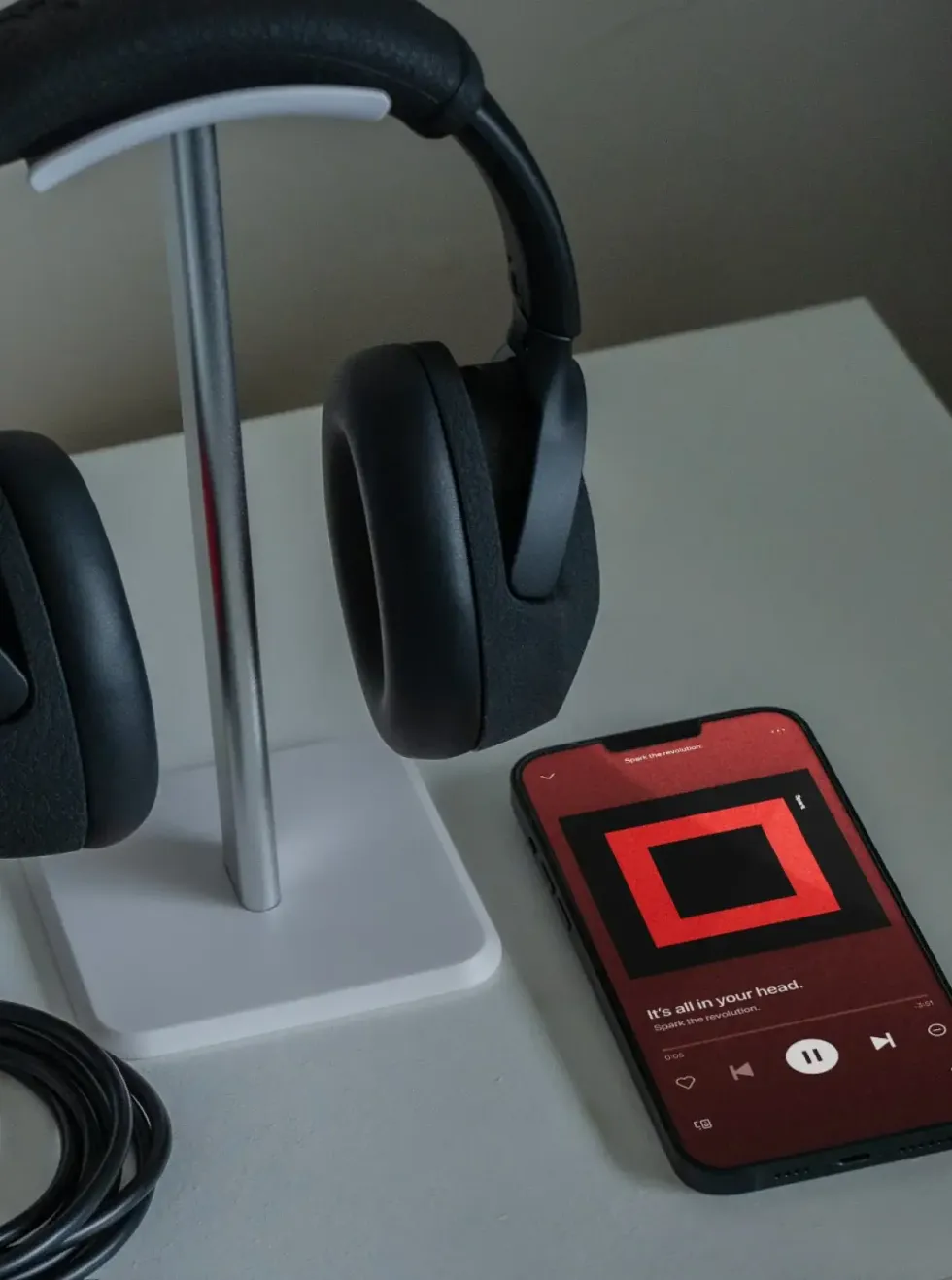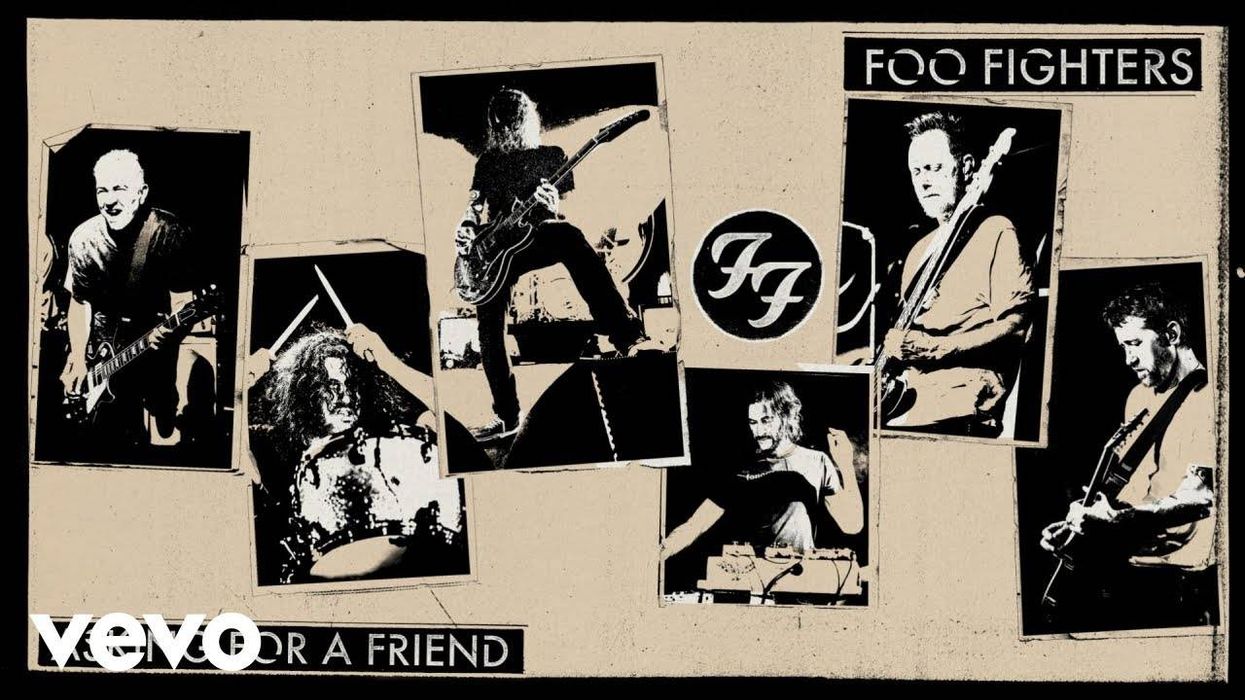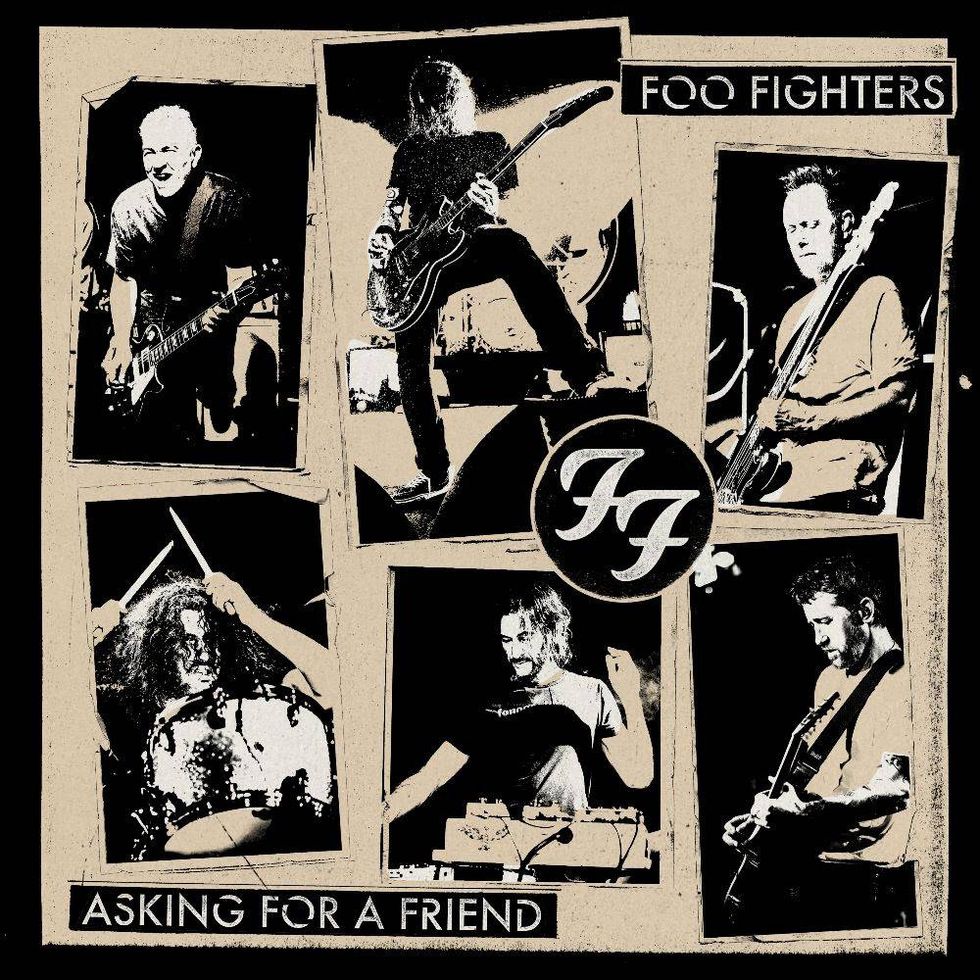Each of the Hornet 15 Li amplifiers is designed to leverage Mooer's digital modeling technology to provide 9 preamp tones based on world-renowned amplifiers.
This modeling amplifier comes in two colors (White, Black), each of which is paired with its own carefully curated selection of preamp models.
The modulation dial can be adjusted to choose between chorus, phaser, and vibrato effects, whereas the delay dial facilitates analog, tape echo, and digital delay. Also, the reverb unit includes room, hall, and church emulations, making sure that there is an atmosphere and effect chain that works for any practice scenario.
A unique feature of this amplifier is how it can be used in two modes: “Live” and “Preset” mode. When using Live mode, guitarists will be able to browse the device's built-in preamp tones, which they can then enhance if they wish to throw the effect units. In contrast, the "Preset" mode allows users to save these effects and dynamic parameter changes into each preset, enabling them to customize them without overwriting the originals.
As any good amplifier should, the Hornet 15 Li is complete with industry-standard features, such as three-band EQ adjustment dials, volume and gain dials, a 1/4" guitar input, and both an auxiliary input and headphone output. However, MOOER has gone above and beyond to pack the amplifier with several special features; for example, this modeling amp boasts separate tap-tempo buttons for both the modulation and delay units, in addition to a dedicated tuner button and function, allowing guitarists to use the device's screen to ensure their guitar tuning is precise. What's more, the Hornet 15 Li also supports Bluetooth input, meaning that any guitarist can stream their favorite songs and backing tracks directly to the amplifier, making practice sessions and rehearsals easier than ever.
Arguably, the most impressive feature of the Hornet 15 Li is the fact that, in addition to being powered by a mains supply, it can also operate on battery. The device is built with an integrated 4000mA.h lithium battery, empowering guitarists to practice guitar on the go for hours–even when there’s no power source nearby. Combining this with how the amp weighs just 2.9kg and comes with a built-in handle, it’s clear that MOOER had portability and convenience in mind when designing this product.
Features:
- Available in 2 colors (White, Black), each with its own selection of classic preamps
- 9 high-quality preamp models, each captured through MOOER’s MNRS technology (controllable through the 9-way tone rotary switch)
- Modulation effects unit (chorus, phaser, vibrato) and dial
- Delay effects unit (analog, tape echo, digital) and dial
- Reverb effects unit (room, hall, church) and dial
- Three dials for three-band EQ adjustment (treble, mid, bass)
- Gain and master volume dials
- Live/Preset mode toggle switch
- Tap tempo buttons and features for modulation and delay effects
- 15 watts of rated power, ideal for practicing
- Digital screen for displaying functional and tuning information
- Built-in digital tuner
- ¼” guitar input
- 3.5mm auxiliary input
- 3.5mm headphone output
- Bluetooth support for high-quality audio input playback, perfect for backing tracks
- Convenient handle for easy transportation
- Rechargeable 4000mA.h lithium battery for portable play
- Power switch for easy on/off control
The Hornet 15 Li is available from distributors and retailers worldwide now.
